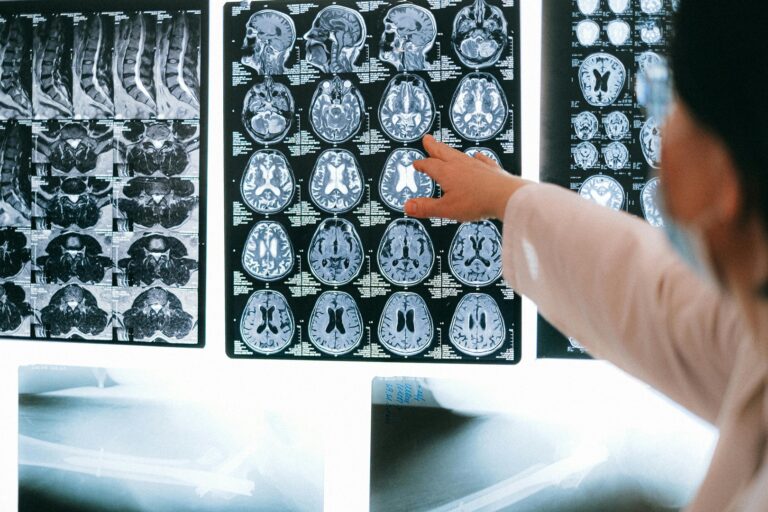The following article contains information regarding the treatment of patients with mild or moderate IIH symptoms. If you suspect that a patient is at immediate risk of severe vision loss (‘Fulminant IIH’), more aggressive and immediate treatment measures than what is outlined below must be undertaken to improve and preserve vision.
Goals of IIH Treatment
Before diving into the management algorithm, it is vitally important to delineate at the outset the goals of treatment for IIH patients. The two main principles are:
- Preserving visual function
- Mitigating disabling symptoms such as headache
Initial Treatment
Medication Review
For all patients, a thorough review of all medications, vitamins, and supplements should be performed. Any associated with increased intracranial pressure should be halted.
Review of Risk Factors
Additionally, the patient should be evaluated for comorbid medical conditions that can lead to an increase in intracranial pressure, such as obstructive sleep apnea. Treatment of underlying associated medical conditions may improve the symptoms of IIH.
Weight Loss
Weight reduction in obese patients has been shown to be associated with improvements in papilledema and intracranial pressure.
IIH Treatment with Medication
The vast majority of patients with IIH will be started on medical treatment with a class of medications known as Carbonic Anhydrase Inhibitors, most commonly acetazolamide. This class of medications aims to reduce intracranial pressure by slowing the production of cerebrospinal fluid within the brain.
Symptom Relief
Patients with IIH may require treatment for headaches and migraines that may persist, despite visual improvements and ICP lowering medications, as they may not be completely related to elevated ICP. Thus, patients should also be evaluated and treated for headaches and migraines, which may include the use of migraine prophylaxis.
Symptom Monitoring
Patients should be followed with frequent ophthalmology visits until their symptoms stabilize, at least every month in patients with visual symptoms and/or in those beginning medical treatment. Exam frequency is obviously tailored to the individual patient, but each exam should at least include visual acuity, visual field, and fundoscopy.
Referral for Intervention
Patients who fail maximum medical therapy for IIH – whether due to medication intolerance, noncompliance, or progression of symptoms – represent a minority of all IIH patients, comprising less than 10% of all individuals diagnosed with IIH. In this group of patients with documented decline in vision, intervention is often recommended for preservation of vision. Commonly accepted interventions for IIH include venous sinus stenting, permanent CSF diversion (shunting), and optic nerve sheath fenestration. Each intervention has its associated benefits and risks.



